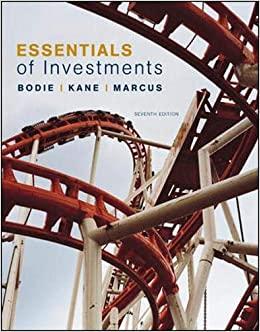please answer all parts

Calculation of individual costs and WACC Dion Labs has asked its financial manager to measure the cost of each specific type of capital as well as the weighted average cost of capital The weighted average cost is to be measured by using the following weights: 50% long-term debt, 20% preferred stock, and 30% common stock equity retained earnings, new common stock, or both). The firm's tax rate is 28% Debt The firm can sel for $1010 a 10-year, 51,000-par-value bond paying annual interest at a 12.00% coupon rate. A flotation cost of 4% of the par value is required Preferred stock 10.00% (annual dividend) preferred stock having a par value of $100 can be sold for $94. An additional fee of $2 per share must be paid to the underwriters Common stock The firm's common stock is currently seling for $50 per share. The stock has paid a dividend that has gradualy increased for many years, rising from $2.70 ten years ago to the 5531 dividend payment that the company strecently made. If the company wants to issue new new common stock, I wil sel them 32 50 below the current market price to attract investors, and the company will pay 33.50 per share infotation costs a. Calculate the after-tax cost of debt. b. Calculate the cost of preferred stock. c. Calculate the cost of common stock (both retained earnings and new common stock). d. Calculate the WACC for Dillon Labs. a. The after-tax cost of debt using the bond's yield to maturity (YTM) is %. (Round to two decimal places.) The after-tax cost of debt using the approximation formula is %. (Round to two decimal places.) b. The cost of preferred stock is %. (Round to two decimal places.) c. The cost of retained earnings is %. (Round to two decimal places.) The cost of new common stock is %. (Round to two decimal places.) d. Using the cost of retained earnings, the firm's WACC is %. (Round to two decimal places.) Using the cost of new common stock, the firm's WACC is %. (Round to two decimal places.) Calculation of individual costs and WACC Dion Labs has asked its financial manager to measure the cost of each specific type of capital as well as the weighted average cost of capital The weighted average cost is to be measured by using the following weights: 50% long-term debt, 20% preferred stock, and 30% common stock equity retained earnings, new common stock, or both). The firm's tax rate is 28% Debt The firm can sel for $1010 a 10-year, 51,000-par-value bond paying annual interest at a 12.00% coupon rate. A flotation cost of 4% of the par value is required Preferred stock 10.00% (annual dividend) preferred stock having a par value of $100 can be sold for $94. An additional fee of $2 per share must be paid to the underwriters Common stock The firm's common stock is currently seling for $50 per share. The stock has paid a dividend that has gradualy increased for many years, rising from $2.70 ten years ago to the 5531 dividend payment that the company strecently made. If the company wants to issue new new common stock, I wil sel them 32 50 below the current market price to attract investors, and the company will pay 33.50 per share infotation costs a. Calculate the after-tax cost of debt. b. Calculate the cost of preferred stock. c. Calculate the cost of common stock (both retained earnings and new common stock). d. Calculate the WACC for Dillon Labs. a. The after-tax cost of debt using the bond's yield to maturity (YTM) is %. (Round to two decimal places.) The after-tax cost of debt using the approximation formula is %. (Round to two decimal places.) b. The cost of preferred stock is %. (Round to two decimal places.) c. The cost of retained earnings is %. (Round to two decimal places.) The cost of new common stock is %. (Round to two decimal places.) d. Using the cost of retained earnings, the firm's WACC is %. (Round to two decimal places.) Using the cost of new common stock, the firm's WACC is %. (Round to two decimal places.)









